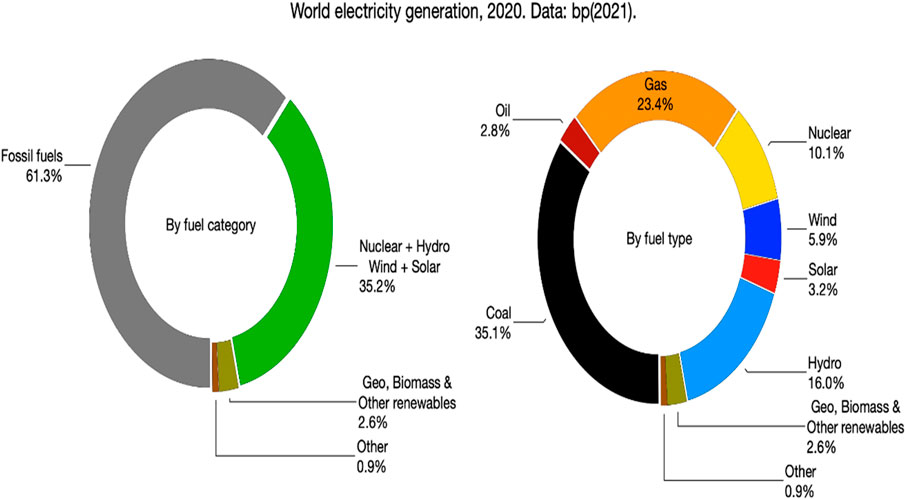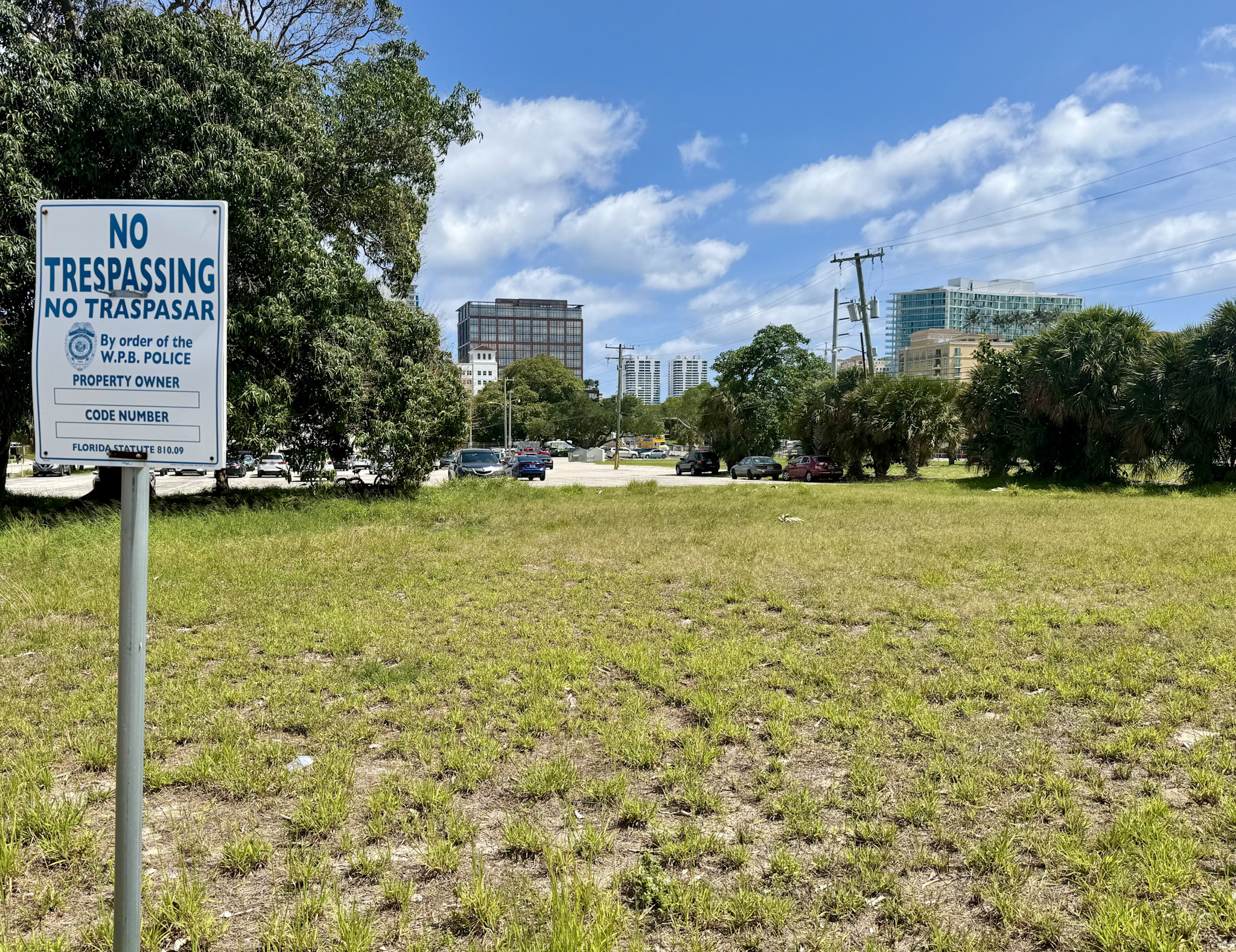Pervious Concrete Market: A Report on Sustainable Urban Development and SDG Alignment
Introduction and Market Overview
The global Pervious Concrete Market is experiencing significant growth, driven by its critical role in advancing the United Nations Sustainable Development Goals (SDGs). As a sustainable construction material, pervious concrete directly supports the development of resilient infrastructure and sustainable cities. Its porous composition allows for the effective management of stormwater, which is fundamental to achieving several key SDGs.
This material’s ability to facilitate water infiltration into the ground addresses critical urban challenges such as flooding, water pollution, and depleted groundwater tables. Consequently, its adoption is integral to strategies aimed at achieving:
- SDG 6 (Clean Water and Sanitation): By reducing contaminated runoff and promoting groundwater recharge, pervious concrete helps protect and restore water-related ecosystems.
- SDG 11 (Sustainable Cities and Communities): It is a cornerstone technology for creating resilient urban environments that can withstand climate-related hazards like extreme rainfall and flooding. It also helps mitigate the urban heat island effect.
- SDG 9 (Industry, Innovation, and Infrastructure): Pervious concrete represents an innovation in building materials that promotes sustainable and resilient infrastructure development.
- SDG 13 (Climate Action): Its application is a practical climate adaptation measure, strengthening the resilience of cities to the impacts of climate change.
Market Projections and Growth
The market’s trajectory reflects a growing global commitment to sustainable development. The “Pervious Concrete Market – Global Industry Size, Share, Trends, Opportunity, and Forecast, 2020-2030F” report highlights the following financial indicators:
- Estimated Market Value (2024): USD 4.56 Billion
- Forecasted Market Value (2030): USD 6.87 Billion
- Compound Annual Growth Rate (CAGR): 6.91%
This projected growth underscores the increasing investment in green infrastructure solutions that align with international sustainability frameworks.
Key Market Dynamics and SDG Implications
Market Driver: The Pursuit of Sustainable Cities and Water Security (SDG 11 & SDG 6)
Rapid urbanization presents significant challenges to urban sustainability. The proliferation of impervious surfaces in cities exacerbates stormwater runoff, leading to flooding and water contamination, directly undermining progress on SDG 11 and SDG 6. Pervious concrete offers a direct solution by enabling natural water drainage and filtration. Governments and urban planning authorities are increasingly mandating Low-Impact Development (LID) strategies and green building standards, such as LEED, which champion the use of permeable surfaces. This regulatory push, especially in North America and Europe, is a primary driver for market expansion, as cities strive to build infrastructure that is both functional and environmentally responsible.
Market Challenge: Structural Limitations and the Need for Innovation (SDG 9)
A significant challenge impeding the widespread adoption of pervious concrete is its lower compressive strength compared to conventional concrete. This structural limitation restricts its use in high-traffic and heavy-load applications, such as major highways and industrial flooring. This presents a barrier to fully realizing the potential of resilient infrastructure as envisioned in SDG 9. The material’s susceptibility to degradation from freeze-thaw cycles in colder climates also poses a durability challenge. Overcoming these limitations through material science innovation is crucial for expanding the market and integrating pervious concrete into a broader range of critical infrastructure projects.
Market Trend: Integrating Green Infrastructure for Climate Resilience (SDG 11 & SDG 13)
A dominant market trend is the strategic integration of pervious concrete into comprehensive green infrastructure plans. This trend is a direct response to the call for climate action and sustainable urban development outlined in SDG 13 and SDG 11. City planners are leveraging pervious concrete not only for stormwater management but also to mitigate the urban heat island effect, as its lighter color and porous nature reduce heat absorption. This multifunctional approach is driving its adoption in new residential, commercial, and public works projects, positioning pervious concrete as a key tool for building cities that are sustainable, resilient, and adaptive to climate change.
Global Pervious Concrete Market Segmentation
By Design:
- Hydrological
- Structural
By Application:
- Hardscape
- Floors
- Others
By End-User:
- Residential
- Commercial
- Infrastructure
By Region:
- North America (United States, Canada, Mexico)
- Europe (France, United Kingdom, Italy, Germany, Spain)
- Asia-Pacific (China, India, Japan, Australia, South Korea)
- South America (Brazil, Argentina, Colombia)
- Middle East & Africa (South Africa, Saudi Arabia, UAE, Kuwait, Turkey)
Analysis of Sustainable Development Goals in the Pervious Concrete Market Article
-
Which SDGs are addressed or connected to the issues highlighted in the article?
The article on the Pervious Concrete Market highlights issues and solutions that are directly connected to several Sustainable Development Goals (SDGs). The primary focus on sustainable urban development, water management, and resilient infrastructure links the material to the following goals:
- SDG 6: Clean Water and Sanitation: The article emphasizes pervious concrete’s role in “efficient stormwater management,” “promoting groundwater recharge,” and addressing “water quality degradation.” This directly relates to ensuring the availability and sustainable management of water.
- SDG 9: Industry, Innovation, and Infrastructure: The text discusses pervious concrete as a “sustainable construction material” for “climate-resilient infrastructure.” This aligns with the goal of building resilient infrastructure, promoting sustainable industrialization, and fostering innovation.
- SDG 11: Sustainable Cities and Communities: This is a central theme. The article connects pervious concrete to “urban resilience goals,” “sustainable urban development,” “reducing urban flooding,” and mitigating the “urban heat island effect,” all of which are key components of making cities inclusive, safe, resilient, and sustainable.
- SDG 13: Climate Action: By offering solutions for “climate-resilient infrastructure” and addressing climate-related challenges like “urban flooding” and the “urban heat island effect,” the article connects the material to the goal of taking urgent action to combat climate change and its impacts.
-
What specific targets under those SDGs can be identified based on the article’s content?
Based on the specific problems and solutions discussed, several SDG targets can be identified:
- Target 6.3: By 2030, improve water quality by reducing pollution. The article states that traditional surfaces contribute to “water contamination,” while pervious concrete helps manage runoff, which is a vehicle for pollutants, thereby improving “water quality.”
- Target 9.1: Develop quality, reliable, sustainable and resilient infrastructure. The article’s focus on “sustainable urban infrastructure development” and “climate-resilient infrastructure” directly addresses this target. Pervious concrete is presented as a material to achieve this.
- Target 9.4: By 2030, upgrade infrastructure and retrofit industries to make them sustainable… with greater adoption of clean and environmentally sound technologies. Pervious concrete is described as an “environmentally responsible alternative to traditional paving materials” and a key component in “green infrastructure strategies.”
- Target 11.3: By 2030, enhance inclusive and sustainable urbanization. The article highlights that “rapid pace of urbanization is a major driver” for the market and that cities are embracing “low-impact development strategies” using materials like pervious concrete.
- Target 11.5: By 2030, significantly reduce the number of deaths and the number of people affected… by disasters, including water-related disasters. The material’s ability to facilitate “rapid water infiltration” is explicitly mentioned as a solution for “reducing urban flooding.”
- Target 11.6: By 2030, reduce the adverse per capita environmental impact of cities. The article notes that pervious concrete helps mitigate negative urban environmental impacts like the “urban heat island effect” and “water quality degradation.”
- Target 13.1: Strengthen resilience and adaptive capacity to climate-related hazards and natural disasters. The development of “climate-resilient infrastructure” and solutions for “urban resilience” to combat flooding and heat island effects are direct actions to strengthen adaptive capacity to climate change.
-
Are there any indicators mentioned or implied in the article that can be used to measure progress towards the identified targets?
The article provides several quantitative and qualitative indicators that can be used to measure progress:
- Market Value and Growth Rate: The article provides specific financial data, stating the market was “valued at USD 4.56 Billion in 2024 and is expected to reach USD 6.87 Billion by 2030, rising at a CAGR of 6.91%.” This growth rate serves as a direct indicator of the adoption of this sustainable technology (relevant to Target 9.4).
- Adoption of Green Building Standards: The mention of “LEED certification and similar green building standards” accelerating the shift towards pervious concrete implies that the number of certified projects or the inclusion of permeable surfaces in these standards can be used as an indicator of progress (relevant to Target 11.3).
- Implementation of Regulatory Policies: The article notes that “Regulatory policies, particularly in North America and Europe, are mandating sustainable drainage systems.” The number of municipalities or regions enacting such policies is a clear indicator of institutionalizing sustainable practices (relevant to Target 11.b).
- Scope of Application: The widespread application in “sidewalks, driveways, parking areas,” and other infrastructure projects is an indicator of its integration into urban planning. Tracking the total surface area covered by pervious concrete would measure its physical deployment (relevant to Target 9.1).
Summary of SDGs, Targets, and Indicators
| SDGs | Targets | Indicators Identified in the Article |
|---|---|---|
| SDG 6: Clean Water and Sanitation |
|
|
| SDG 9: Industry, Innovation, and Infrastructure |
|
|
| SDG 11: Sustainable Cities and Communities |
|
|
| SDG 13: Climate Action |
|
|
Source: finance.yahoo.com







